Japanese garden design, deeply rooted in centuries-old traditions, brings a sense of tranquility and harmony to any landscape. It was initially developed to create serene sanctuaries and spiritual retreats in ancient Japan. Nowadays, the principles of Japanese garden design are being embraced worldwide, with an abundance of creative interpretations available. These gardens artfully balance natural elements, offering a respite from the hustle and bustle of modern life. While often perceived as meticulously curated spaces, Japanese gardens are surprisingly adaptable and soothing--and are seeing a renewed appreciation in contemporary garden design. Enhance your outdoor space with the following Japanese garden ideas and craft your own tranquil haven.
Natural rock formations as focal points. Incorporate boulders into your garden design to create balance and a sense of permanence. Source
Tranquil pond surrounded by vibrant maple and pine trees. This design emphasizes harmony with nature, creating a serene atmosphere in a Japanese garden. Source
Zen garden with stepping stones and carefully placed rocks. This design promotes tranquility and a connection with nature. Source
Natural stone elements. Incorporating rocks and boulders into Japanese garden design enhances the harmony and tranquility of the space. Source
Zen garden elements like moss, stepping stones, and a focal tree create a tranquil atmosphere. This design encourages mindfulness and appreciation of nature. Source
Zen-inspired minimalist pavilion. Incorporating elements like natural wood, stone pathways, and lush greenery enhances tranquility and harmony in outdoor spaces. Source
Tranquil gravel paths lined with vibrant maple trees. Incorporating elements like rocks and moss enhances the serene atmosphere typical of Japanese garden design. Source
Zen garden design featuring raked pebbles, stepping stones, and a stone lantern. This minimalist approach emphasizes tranquility and natural beauty, creating a serene outdoor space. Source
Stone pathway leading through lush greenery. Incorporating elements like stepping stones and Japanese maple trees enhances a tranquil atmosphere. This design encourages exploration and connection with nature. Source
Indoor plant arrangement, featuring prominent elements like a tree and hanging planters. This design creates a tranquil and harmonious atmosphere, reminiscent of a Japanese garden's balance with nature. Source
Zen garden elements with rocks and gravel. These features promote tranquility and reflection in Japanese garden design. Source
Tranquil pond and stepping stones. Incorporating water features and natural stone pathways creates a serene atmosphere that fosters relaxation and connection with nature. Source
Lush foliage and natural stone elements. Incorporating these in Japanese garden design enhances tranquility and a seamless connection to nature. Source
Tranquil pond with a teahouse. Incorporating elements like koi fish and stone lanterns enhances the serenity and cultural significance of the design. Source
Zen garden pathway and traditional tea house. This combination emphasizes harmony with nature and promotes a peaceful atmosphere. Source
Wisteria trellis design. Incorporating a wisteria trellis can create a stunning visual focal point in a Japanese garden. The cascading flowers add beauty and tranquility, enhancing the serene atmosphere typical of these spaces. Source
Tatami flooring and shoji screens. This combination enhances the connection between indoor and outdoor spaces, promoting tranquility in Japanese garden design. Source
Zen rock garden with red torii gate. Incorporating natural elements like stones and raked gravel promotes tranquility and mindfulness. Source
Serene koi pond with a curved wooden bridge. This design element enhances tranquility and connection with nature, embodying the essence of traditional Japanese gardens. Source
Zen garden with raked gravel and strategically placed rocks. This design embodies tranquility and invites meditation through its simplicity and harmony with nature. Source
Stone pathway leading through lush greenery. Incorporating natural elements like moss and bamboo enhances tranquility and harmony in garden design. Source
Zen rock garden with raked gravel patterns and lantern. This design promotes tranquility and meditation. Source
Serene koi pond with arched wooden bridge. Incorporating water features and natural pathways can enhance tranquility and balance in Japanese garden design. Source
Serene tea house surrounded by cherry blossom trees. Incorporating elements like natural stone paths and carefully pruned shrubs enhances tranquility and harmony in Japanese garden design. Source
Zen rock garden
Zen rock gardens are all about simplicity and tranquility. They often feature carefully arranged rocks, gravel, and minimal plants, creating a peaceful atmosphere perfect for contemplation. The design encourages mindfulness, letting you connect with nature in a calming way.
Tea garden path
Creating a tea garden path can really enhance the vibe of your outdoor space. Use stepping stones or gravel to guide visitors through your tea plants, adding rustic seating areas for relaxation. Incorporate fragrant herbs and flowers along the sides for that extra sensory experience.
Calming water feature
A calming water feature can totally transform your garden vibe. Think about adding a small pond or a simple fountain to create soothing sounds and a peaceful atmosphere. You can even surround it with some lush plants for that perfect serene touch.
Bamboo elements
Bamboo adds a unique vibe to any garden design, giving it a tropical, zen feel. You can use it for privacy screens, walkways, or even as a focal point in your landscaping. Plus, it's durable and grows fast, so it's perfect for creating that lush green atmosphere without a ton of upkeep.
Traditional stone lantern
A traditional stone lantern adds a timeless charm to any garden. These lanterns aren't just for lighting; they create a serene atmosphere, especially at dusk. Placing them along pathways or near water features can really elevate the overall vibe of your outdoor space.
Koi pond
A Koi pond adds vibrant life to any garden design, creating a peaceful atmosphere. You'll want to consider the size and depth, ensuring the fish have enough space to thrive and plenty of hiding spots. Incorporating stones, plants, and a good filtration system makes the pond a stunning focal point that attracts both wildlife and compliments the surrounding landscape.
Bonsai display
Bonsai display can be a fantastic focal point in a garden design, showcasing the beauty of miniature trees. Placing them on elegant stands or incorporating them into a rock garden adds that extra flair. The right lighting and surrounding plants can really make those little masterpieces pop.
Japanese garden design, rooted in centuries of tradition, emphasizes harmony and balance, drawing inspiration from natural landscapes. Integral features include carefully curated arrangements of rocks, water elements, and plants to create spaces that evoke tranquility and reflection. The result is a serene and aesthetically pleasing environment that often incorporates elements like koi ponds, stone lanterns, and zen sand gardens, each thoughtfully placed to symbolize broader philosophical concepts and inviting meditation and mindfulness.

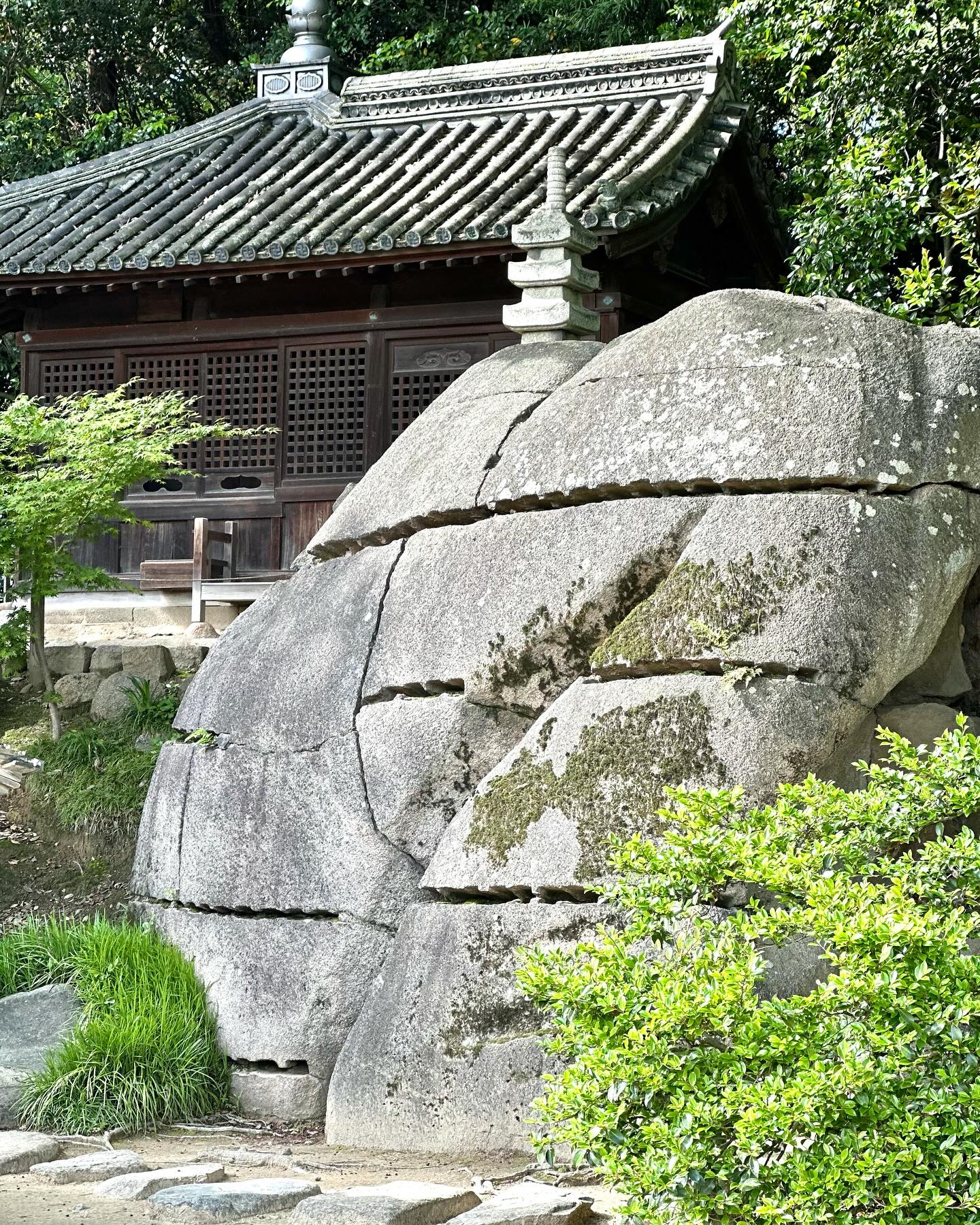
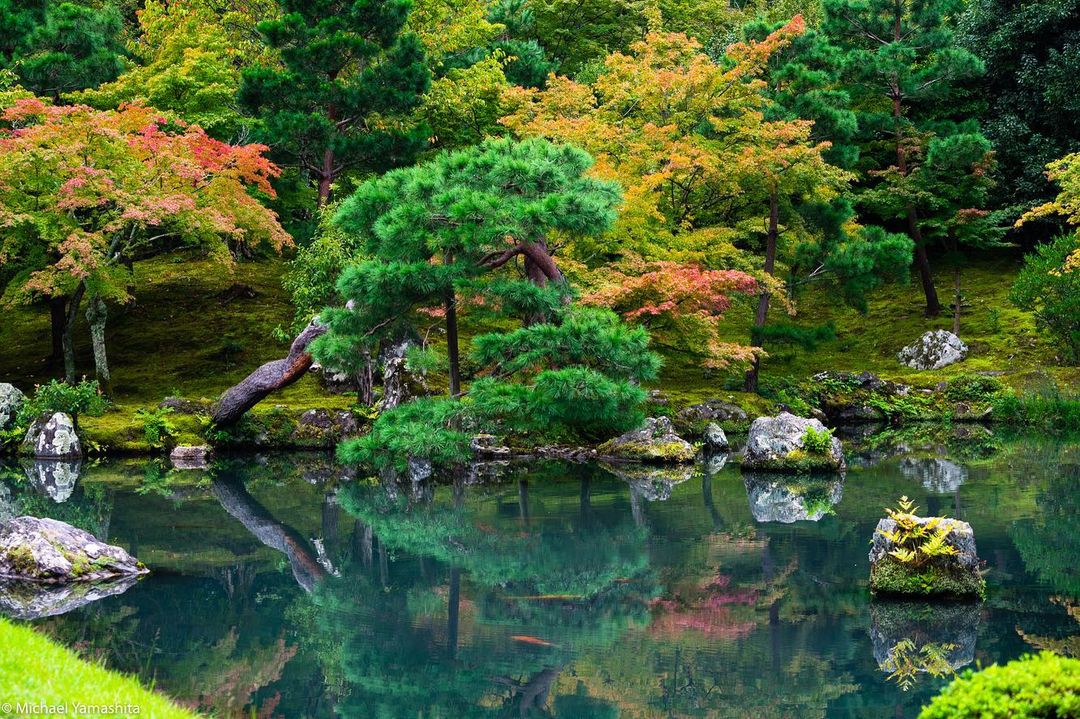
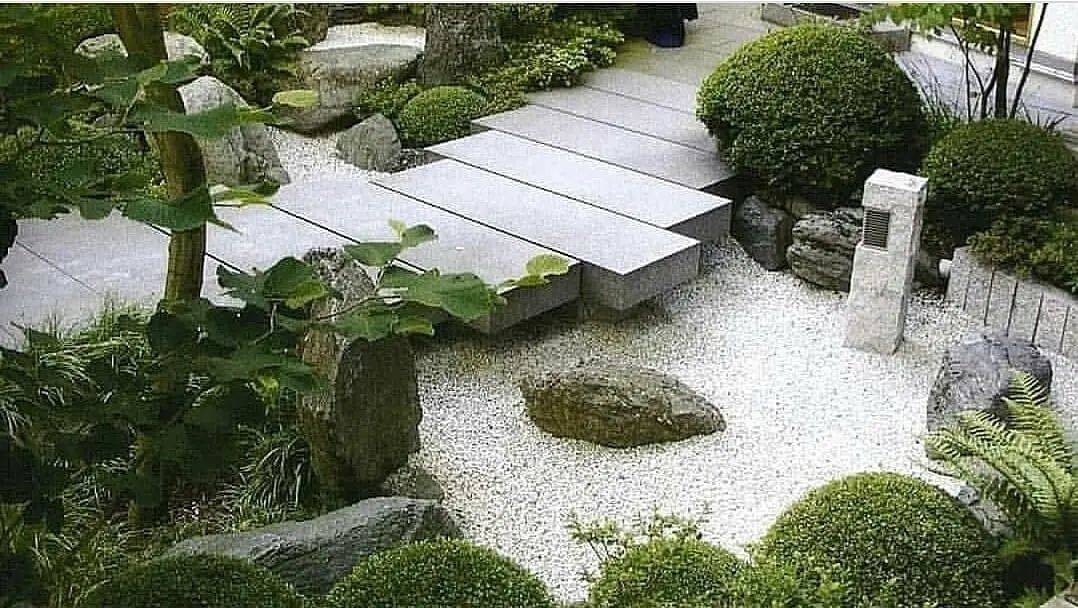
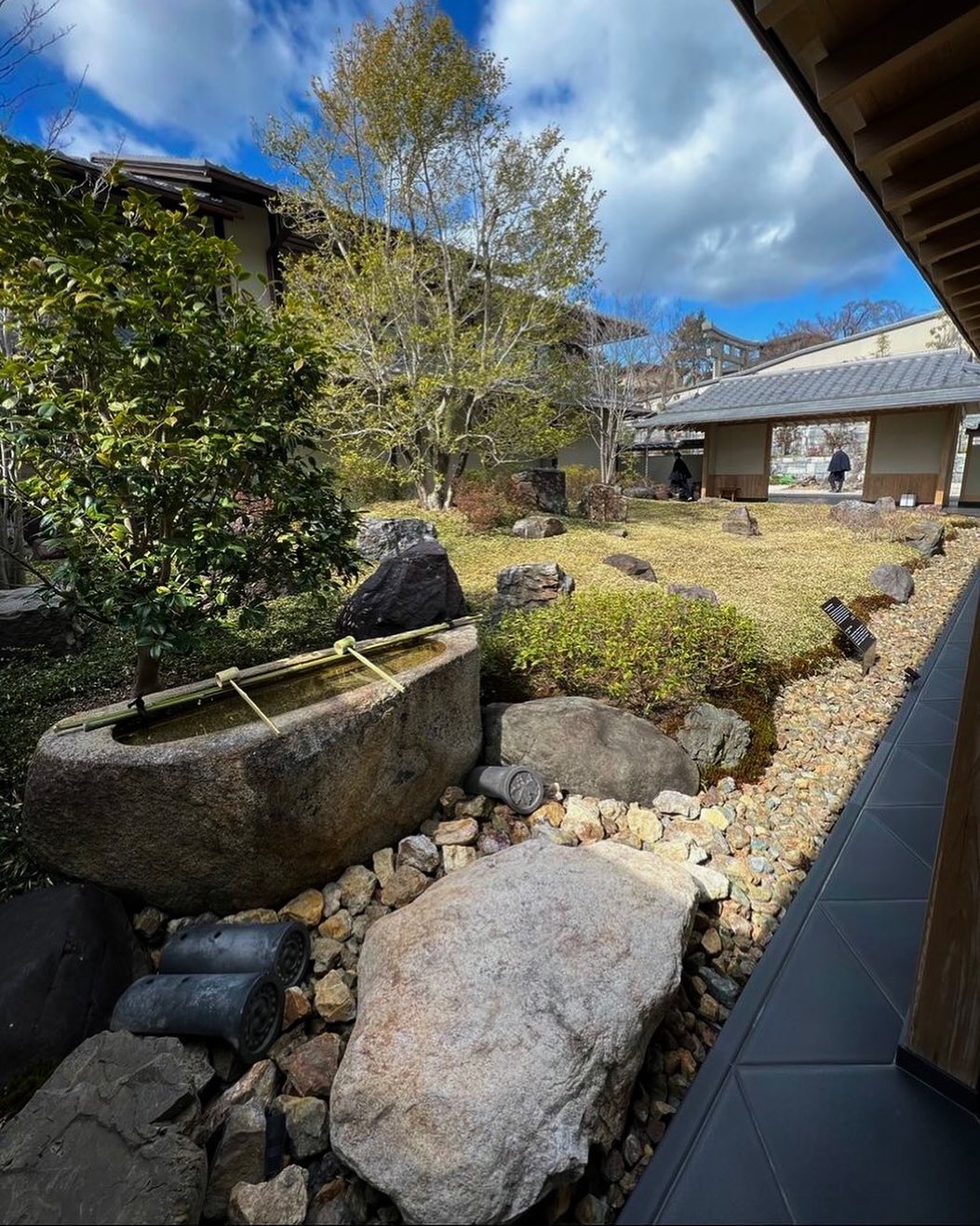
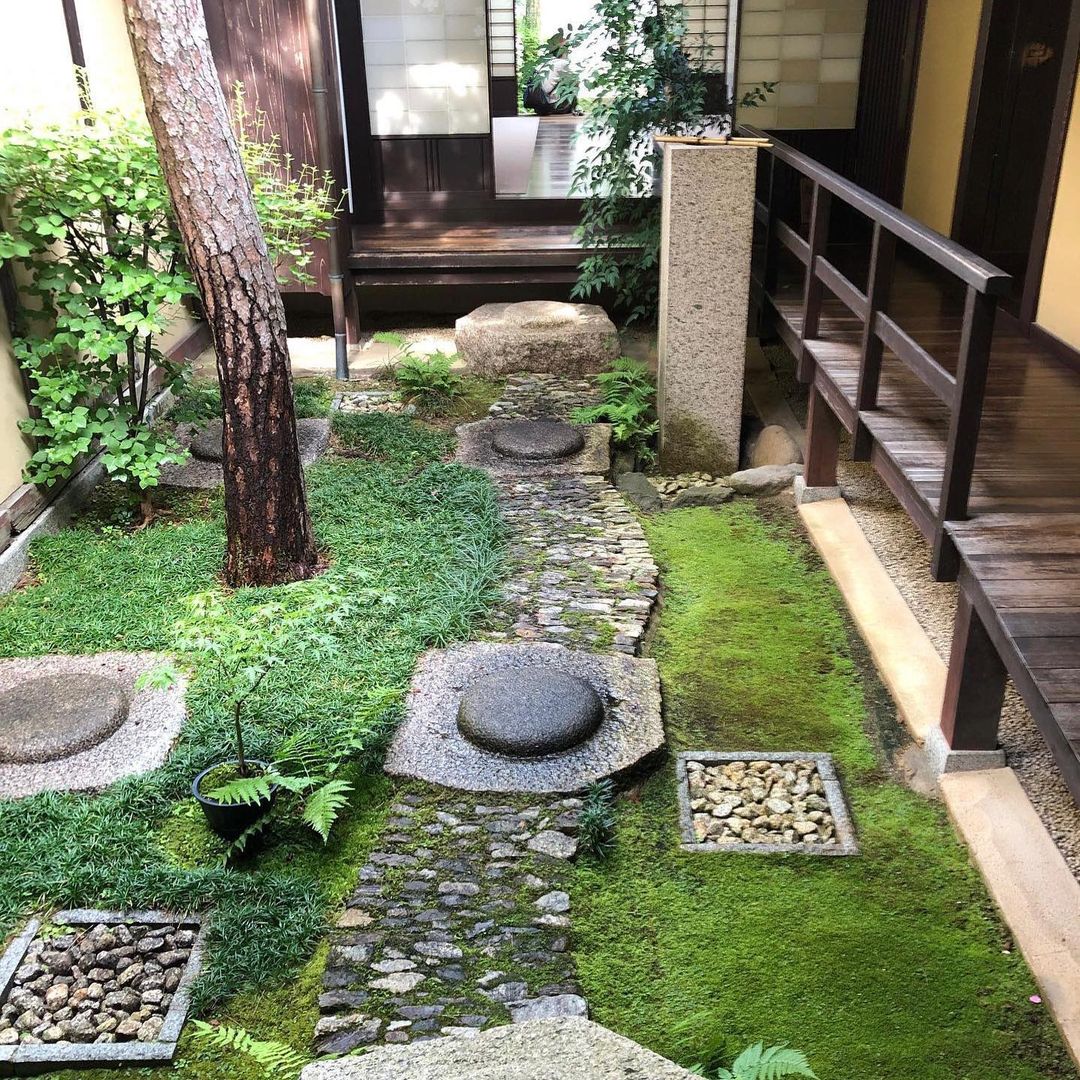
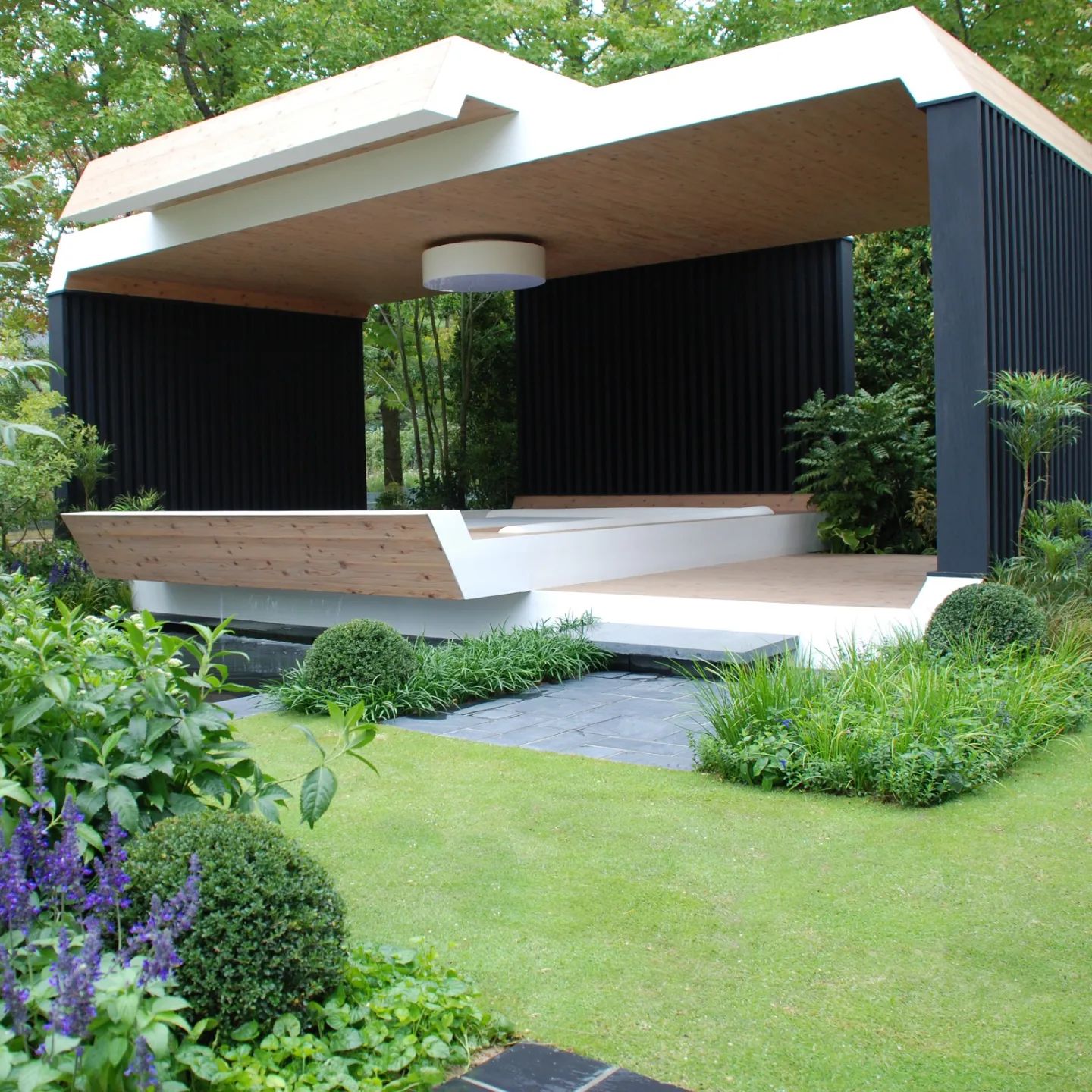
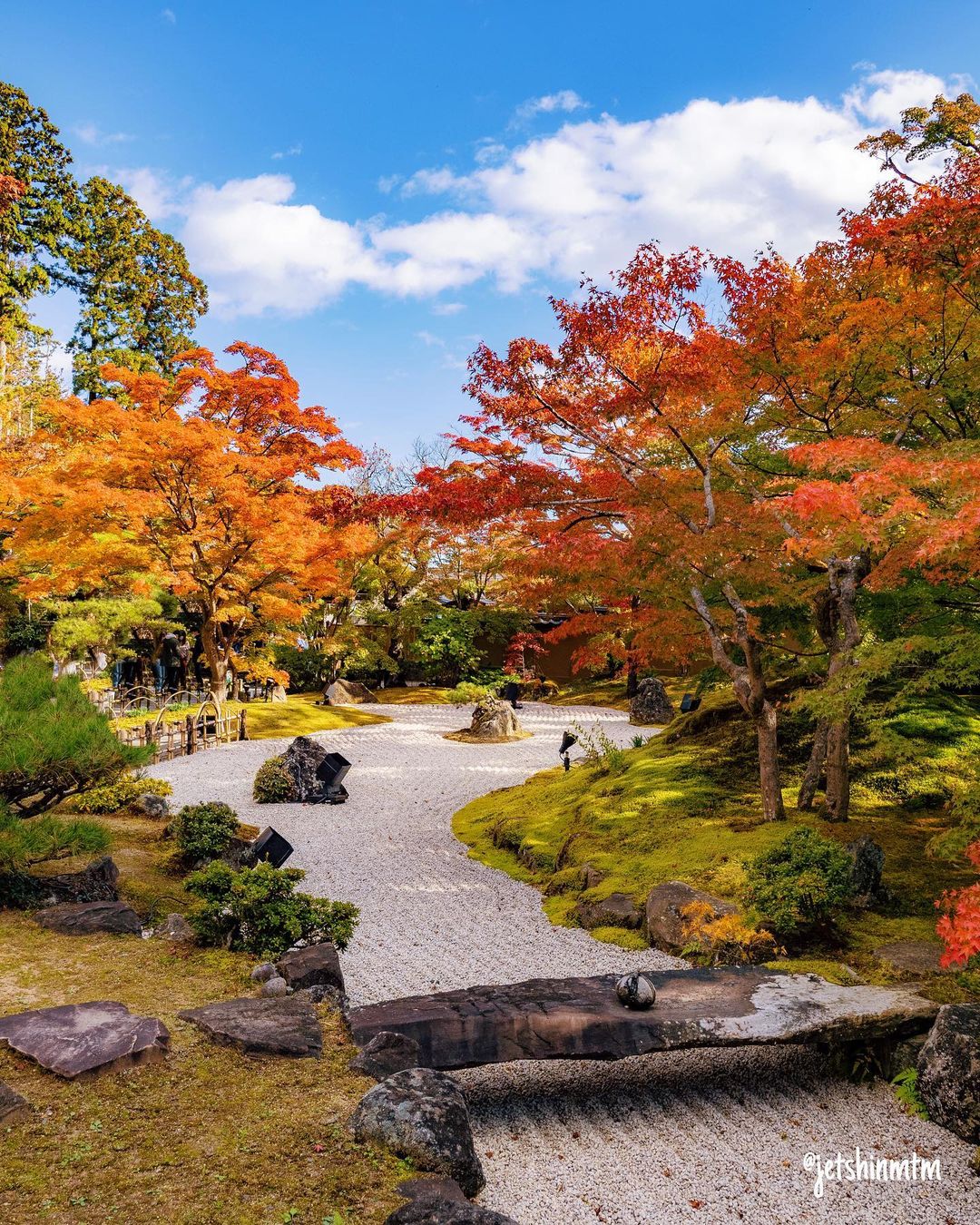
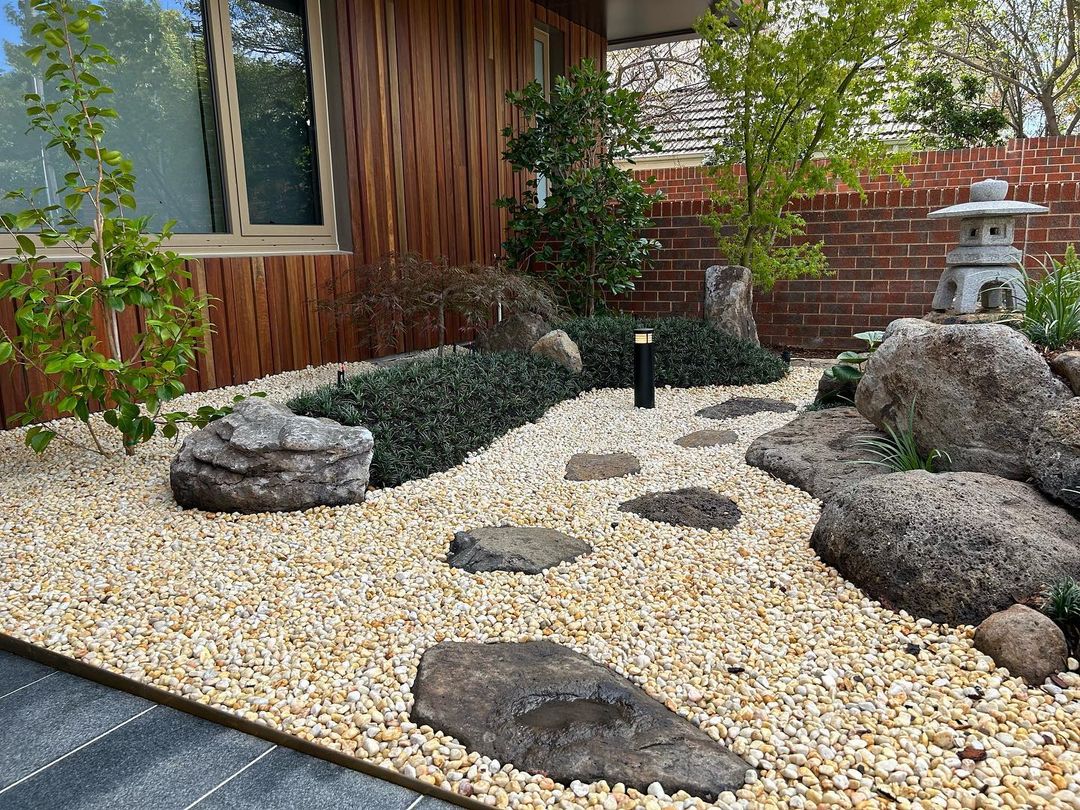
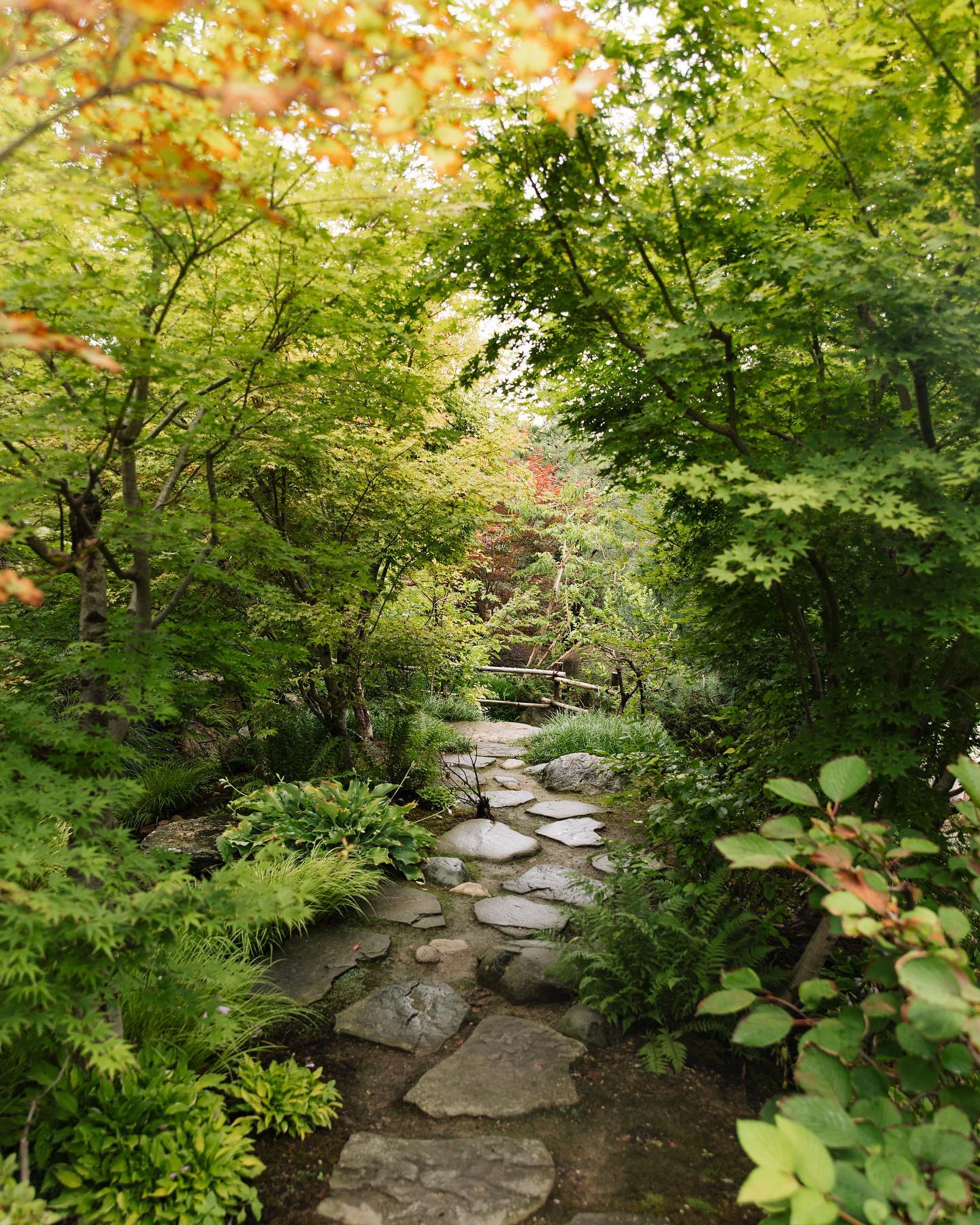
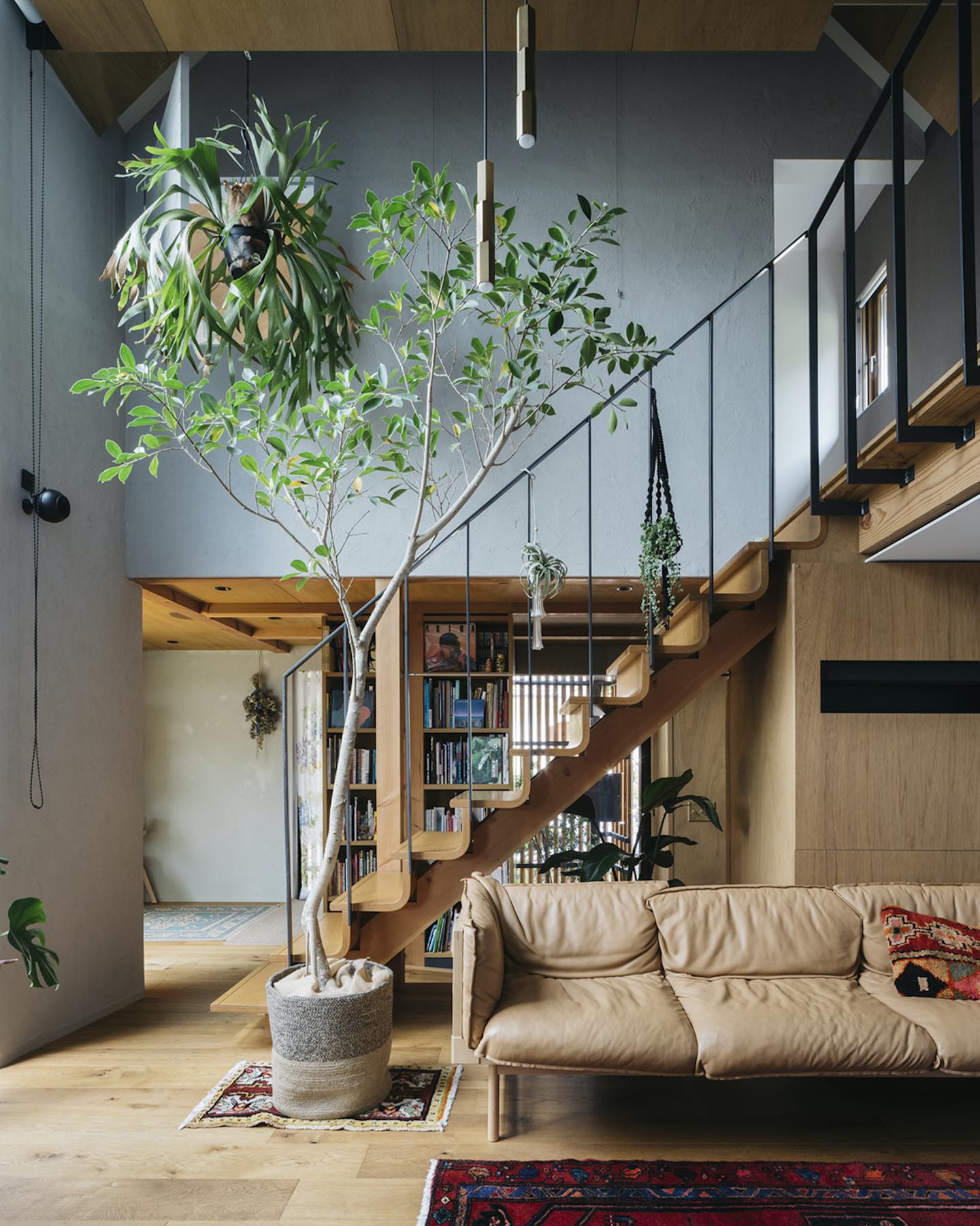
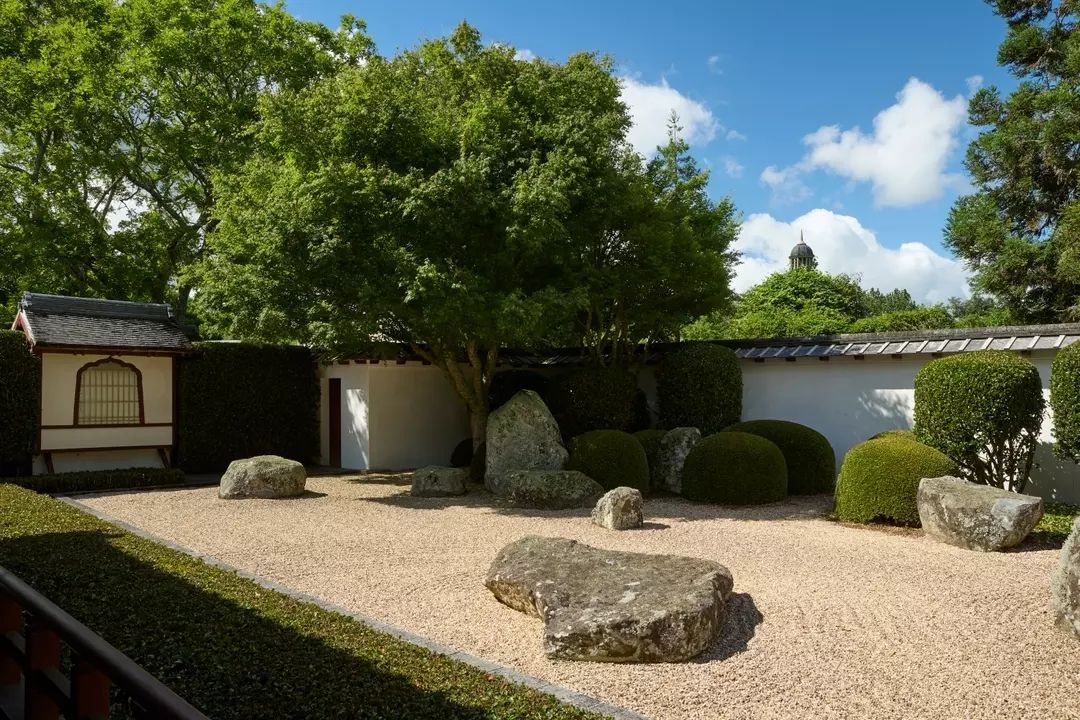
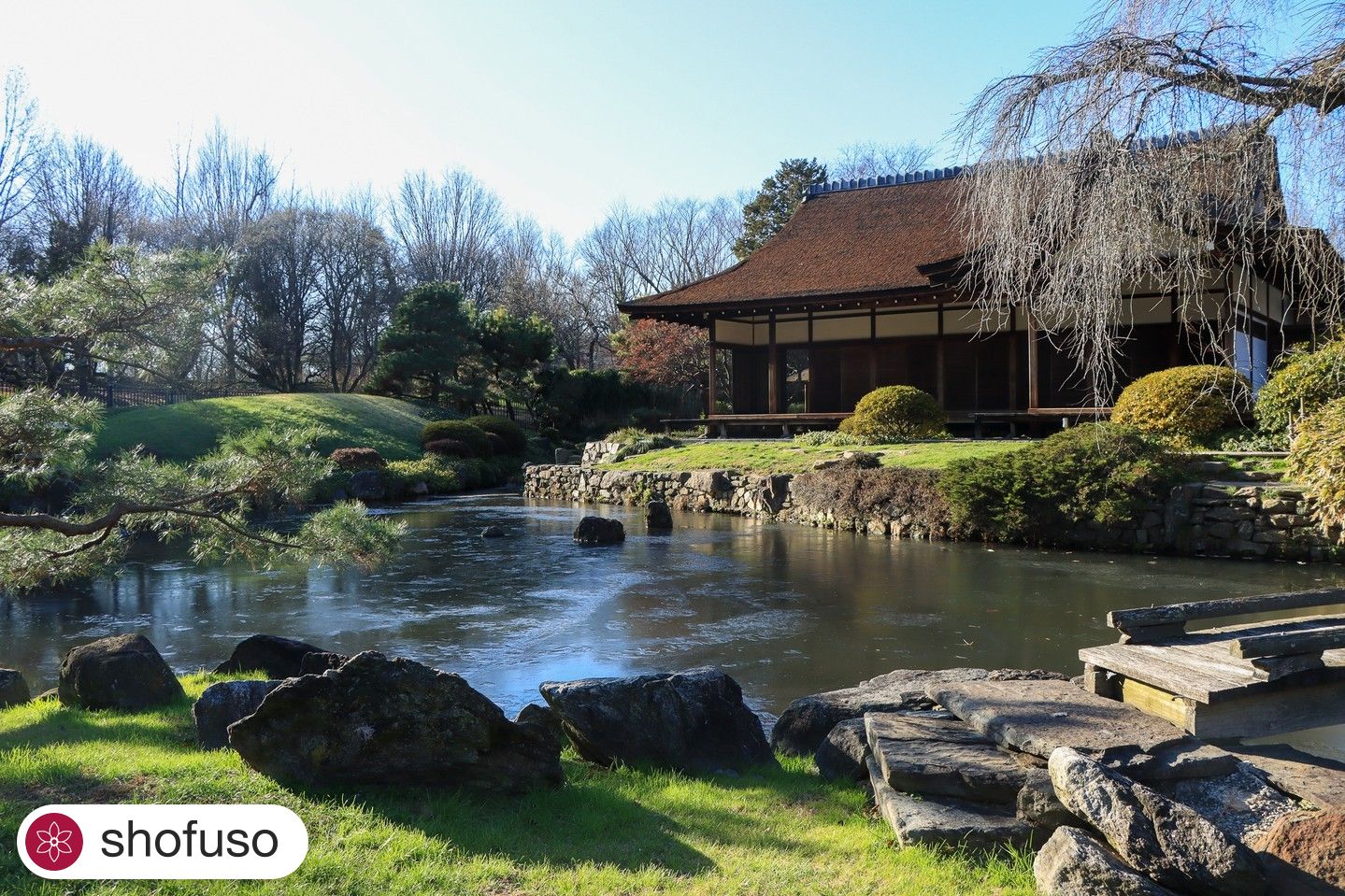
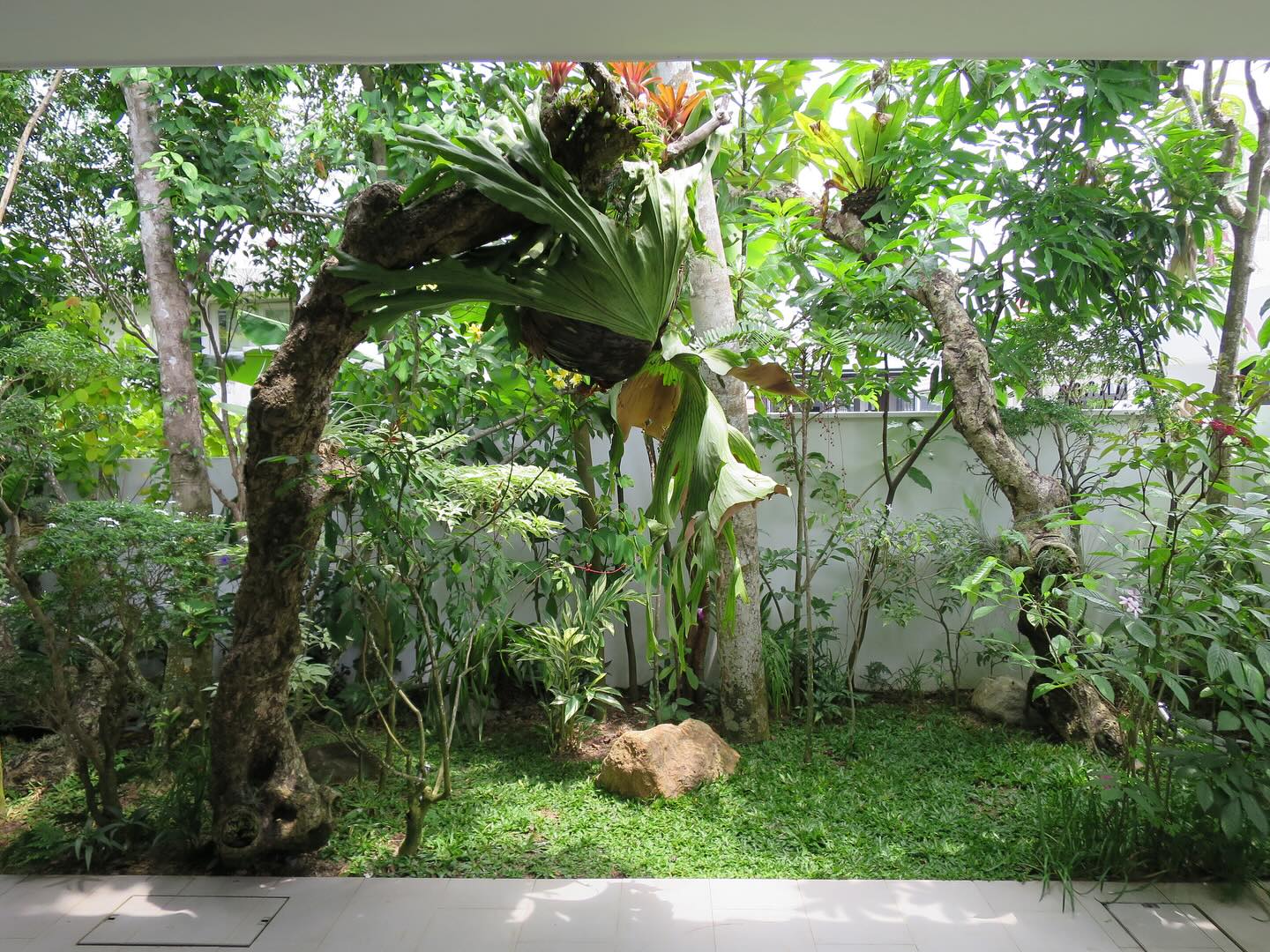
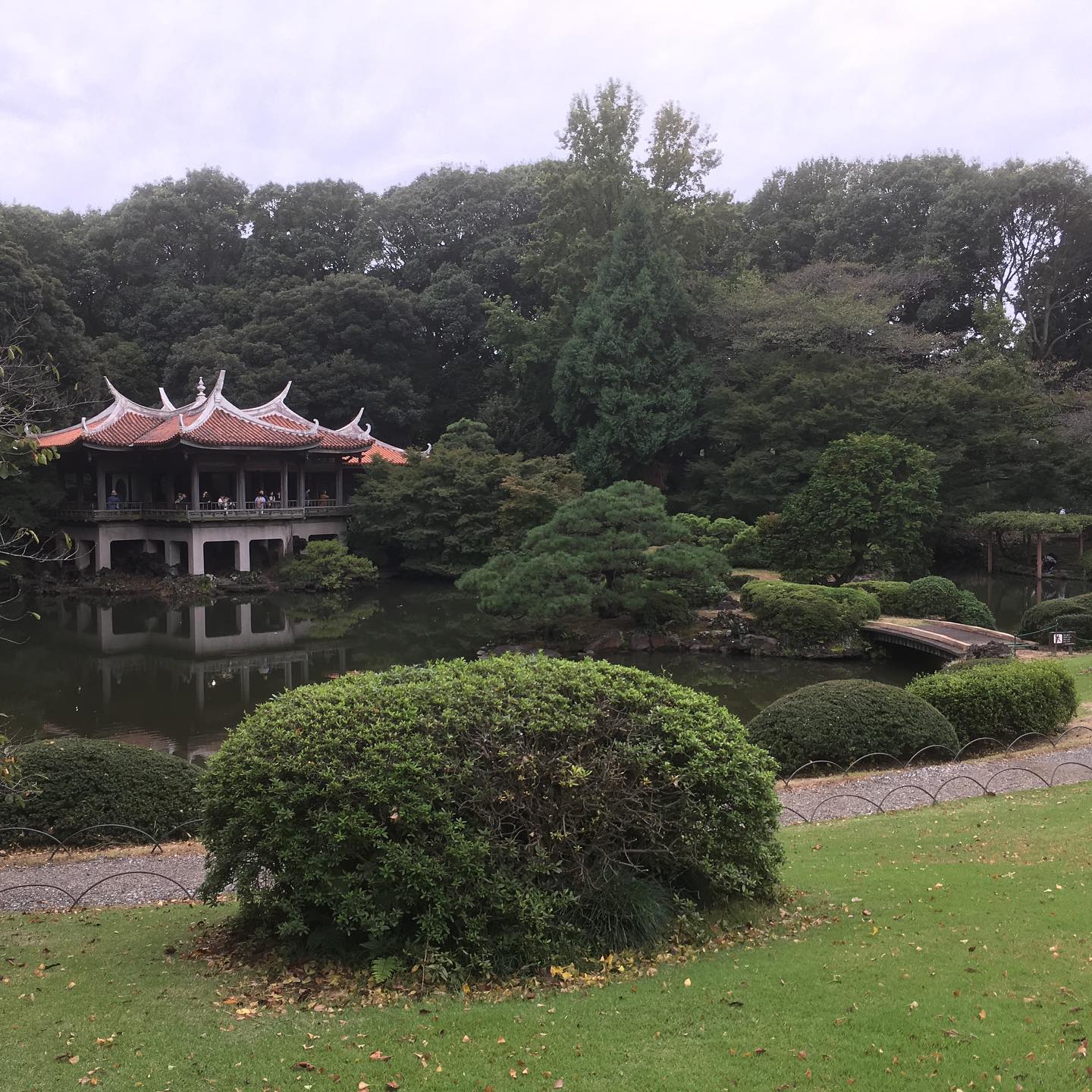
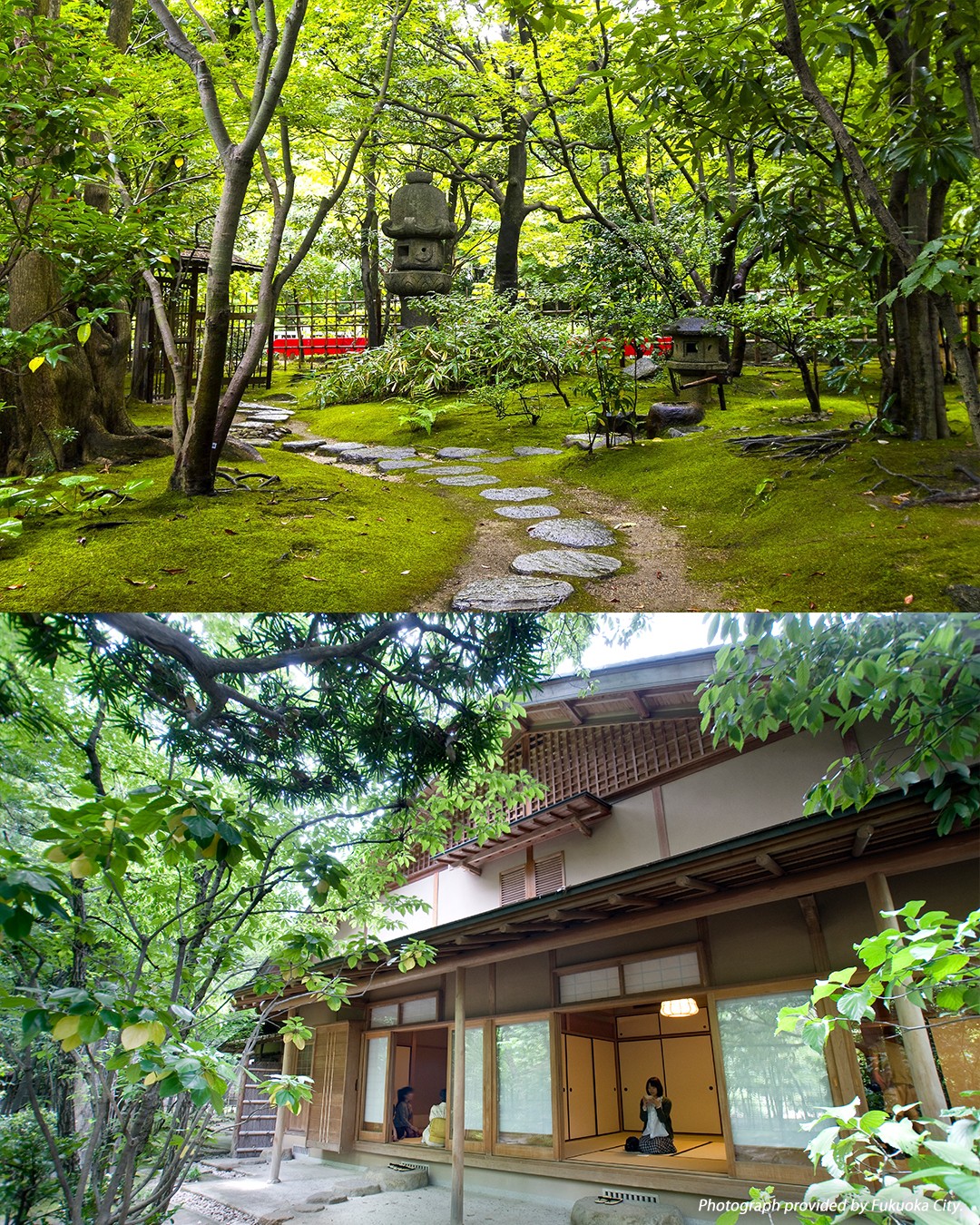
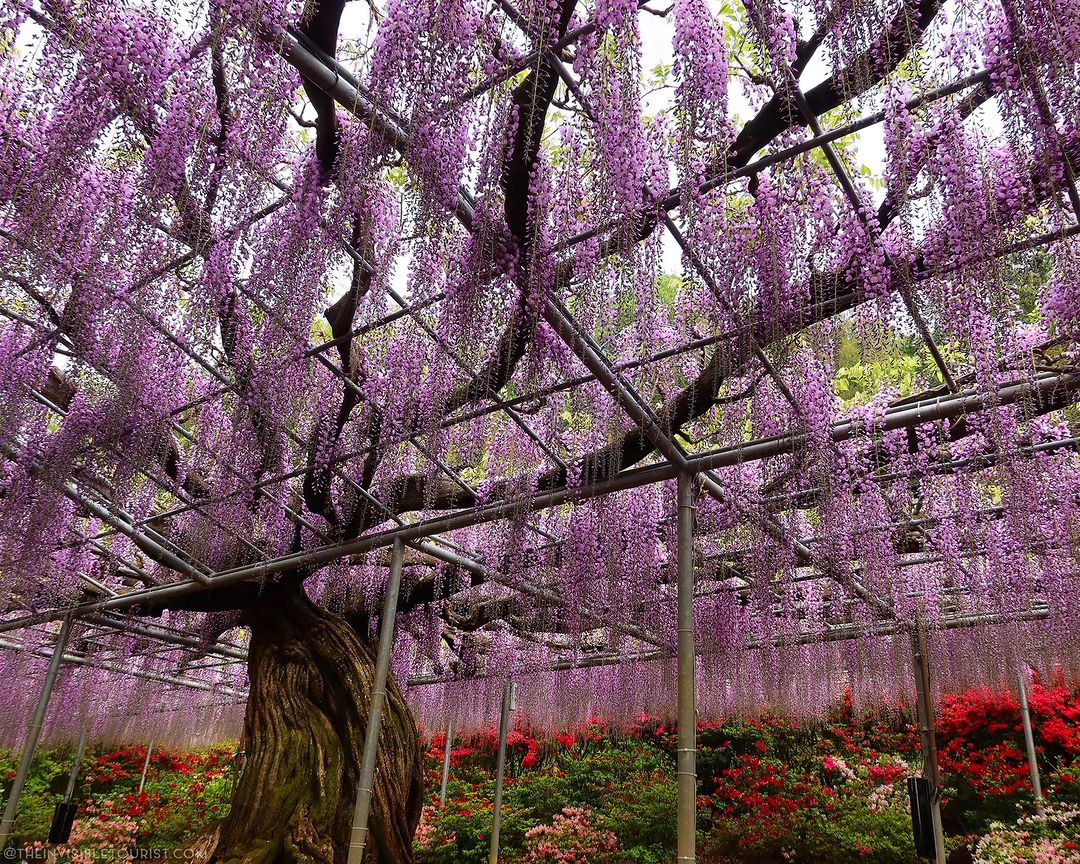
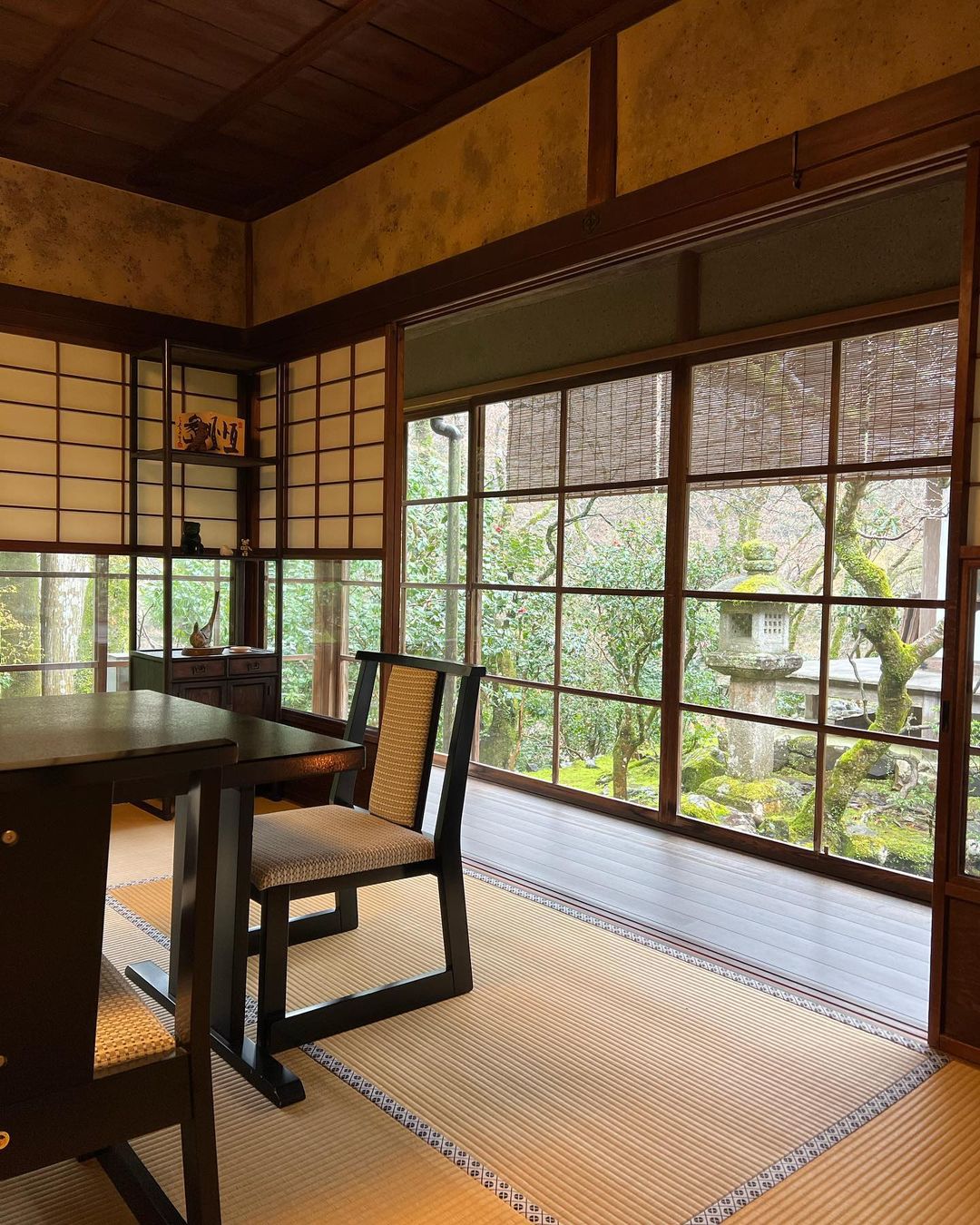
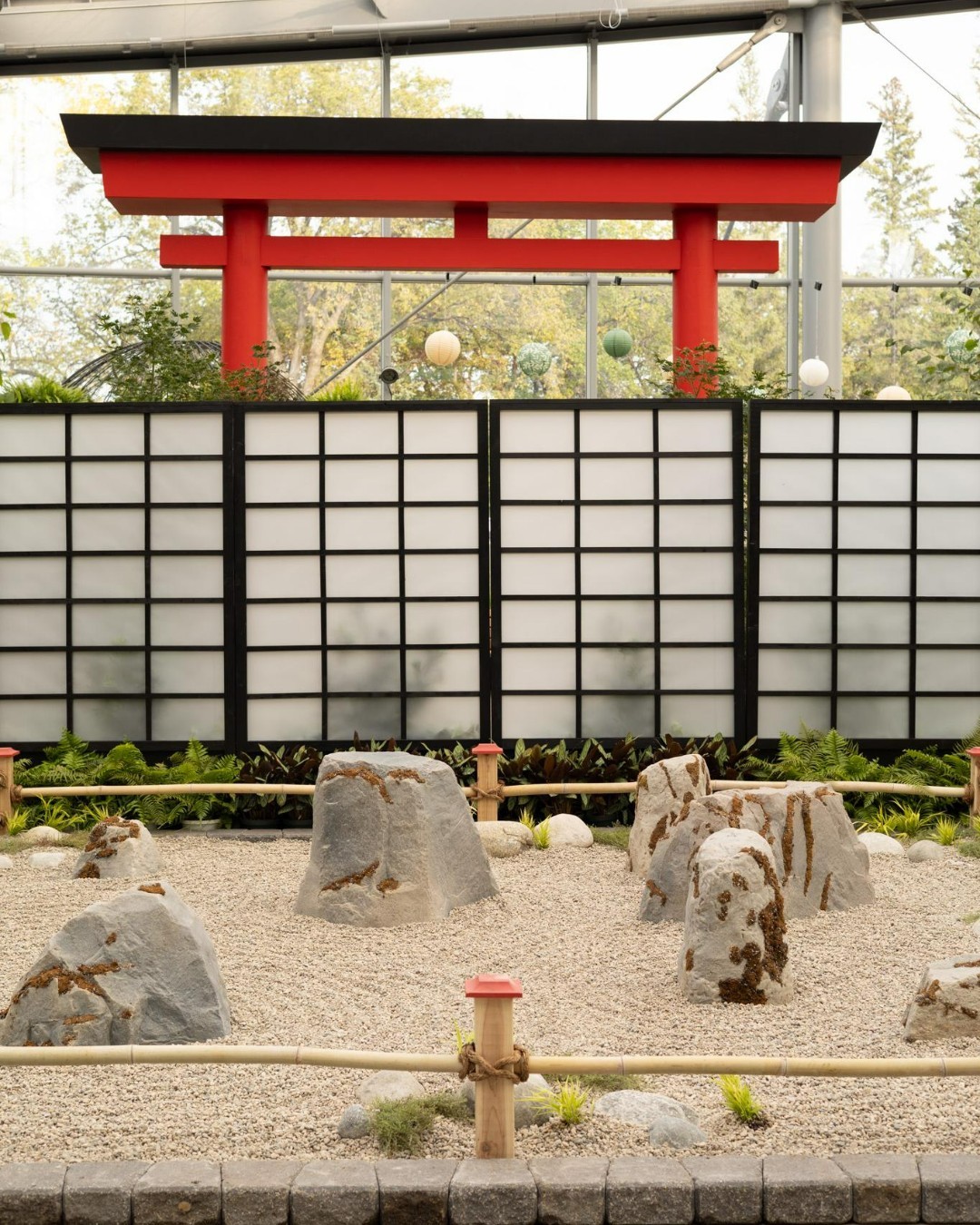
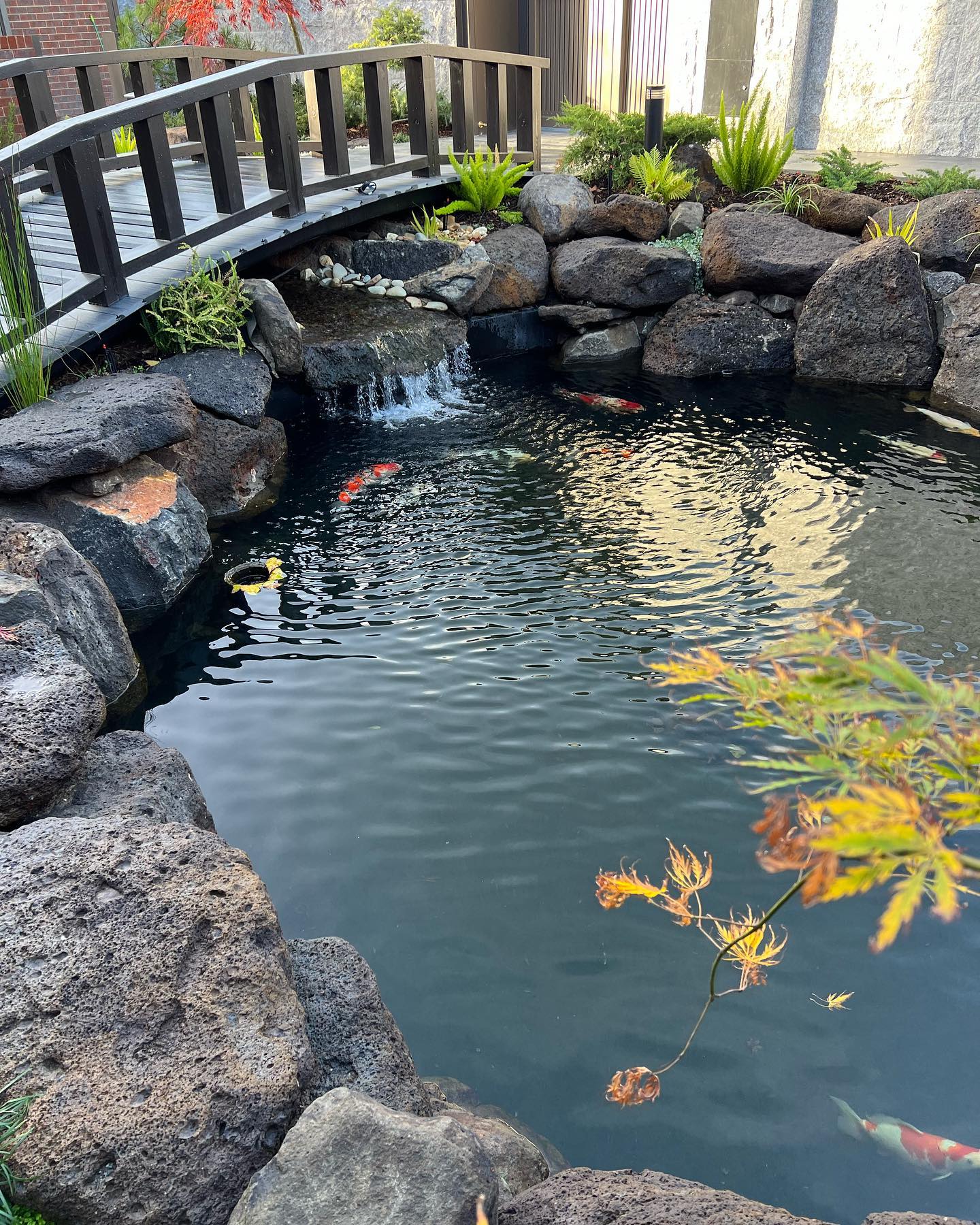
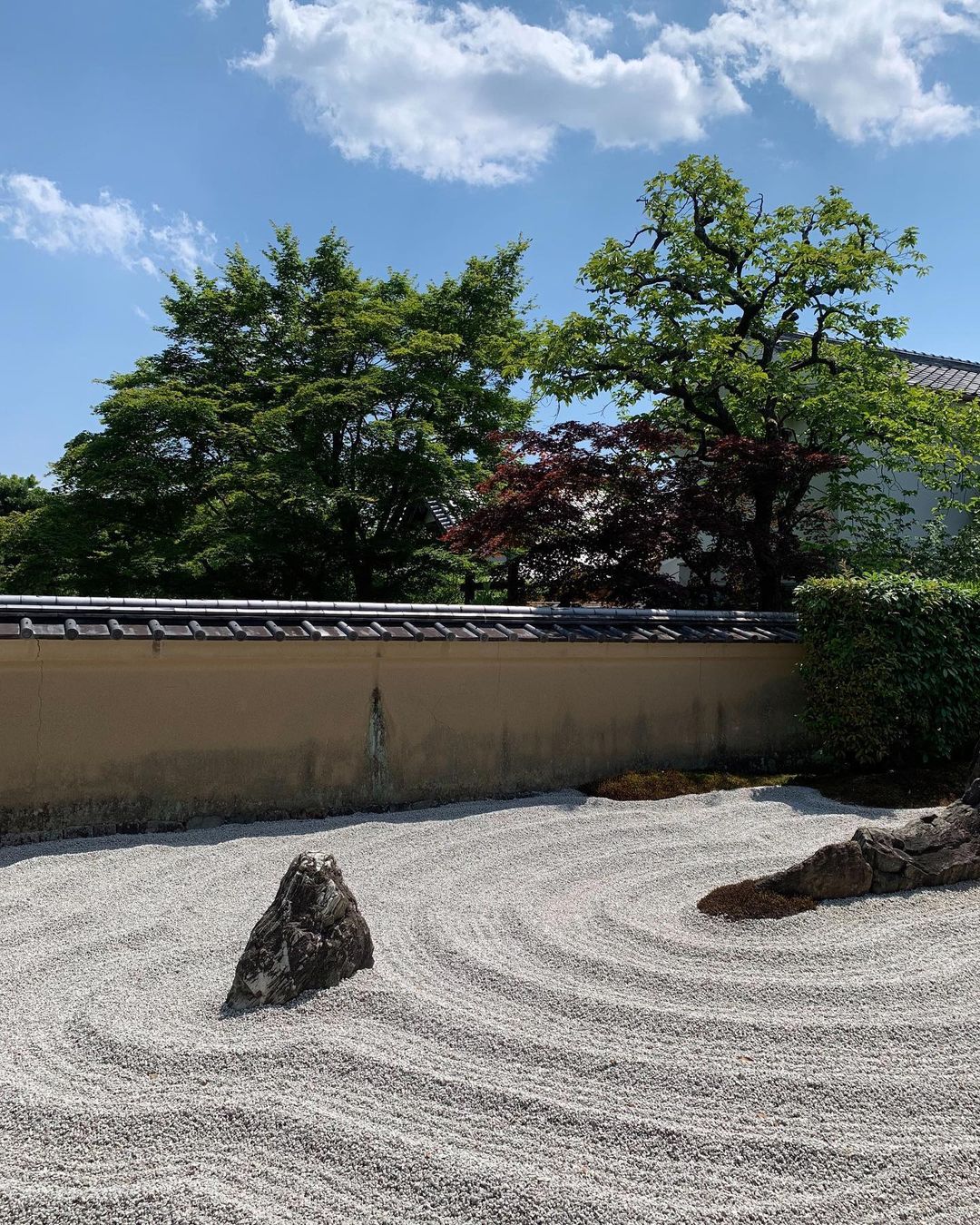
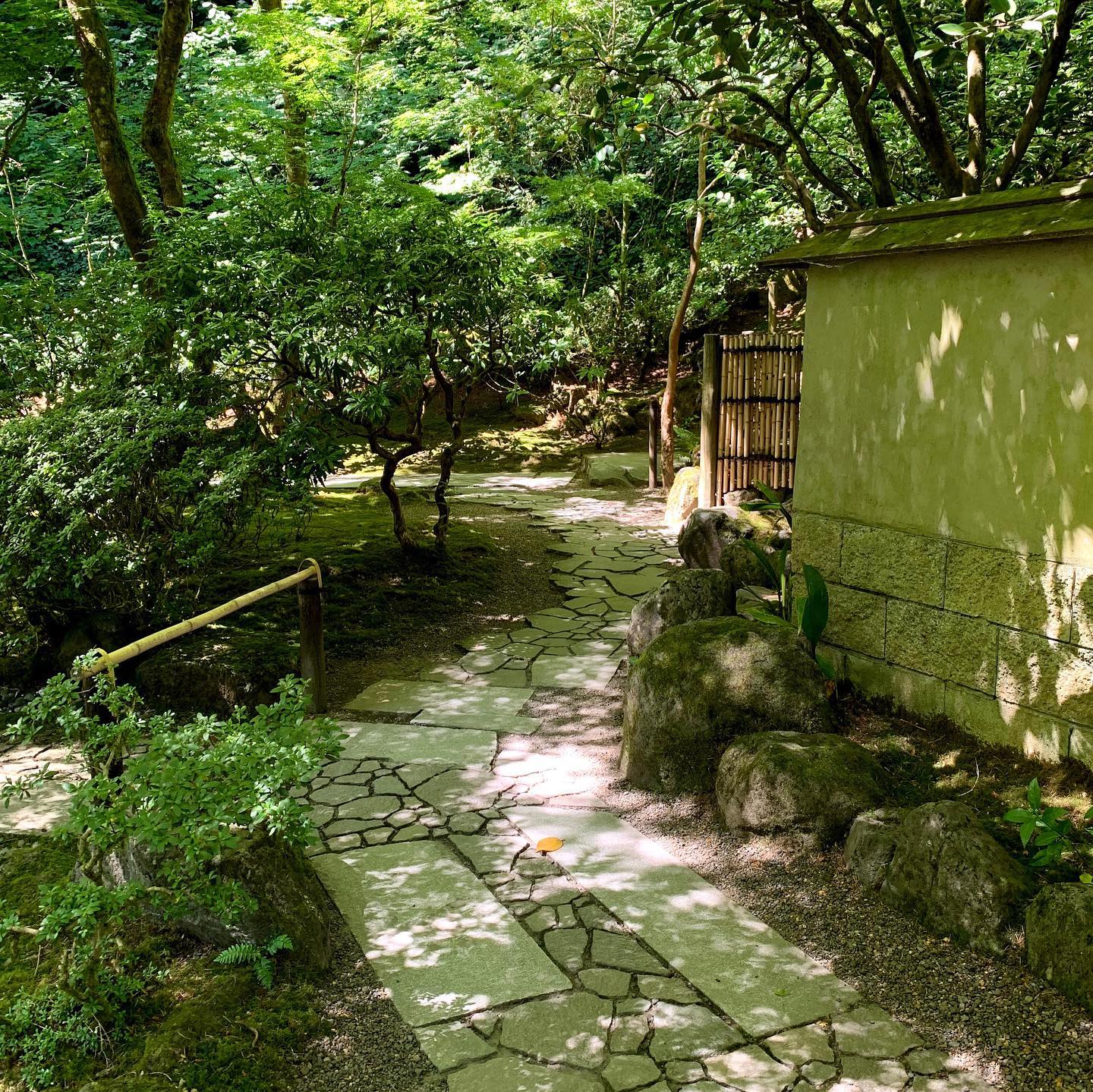
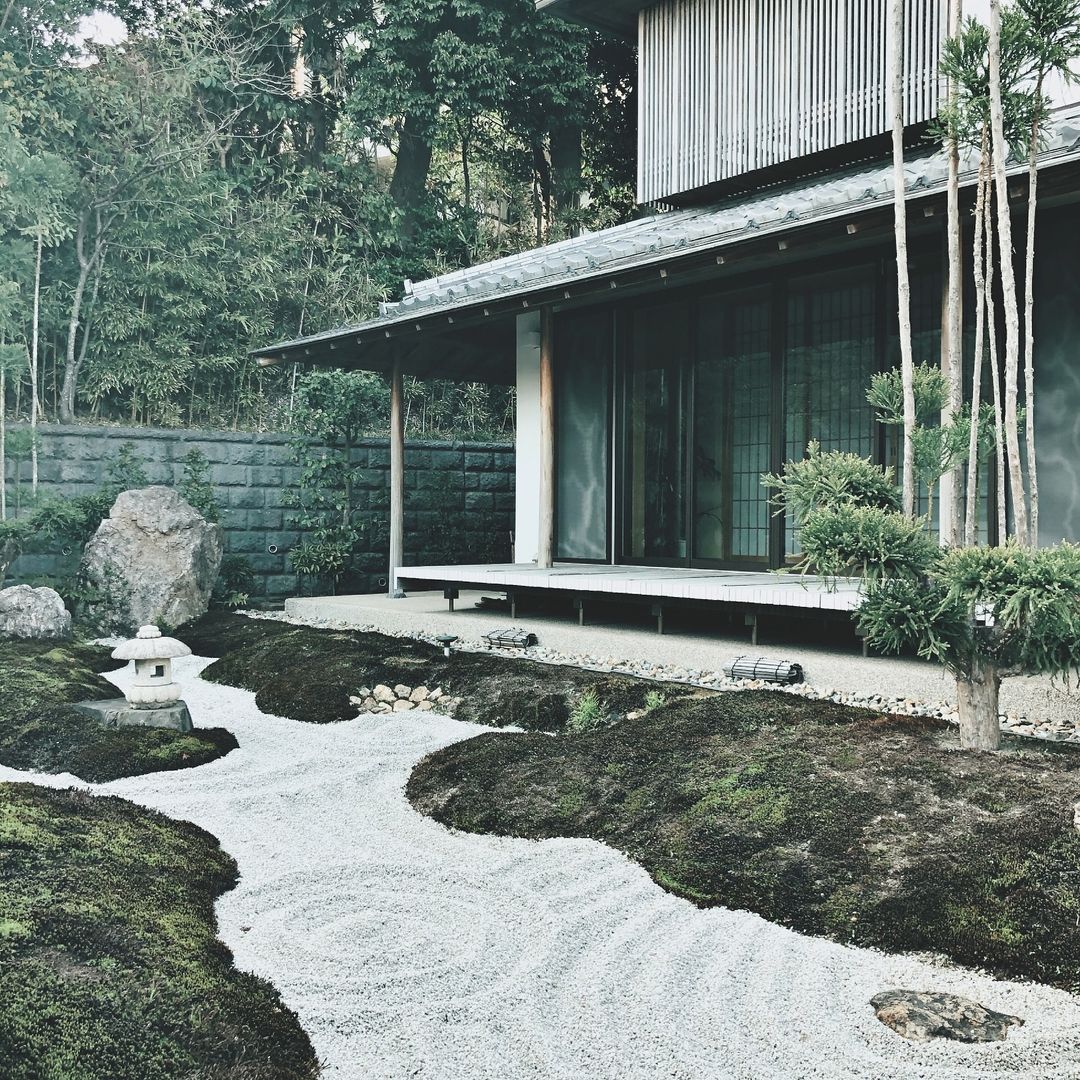
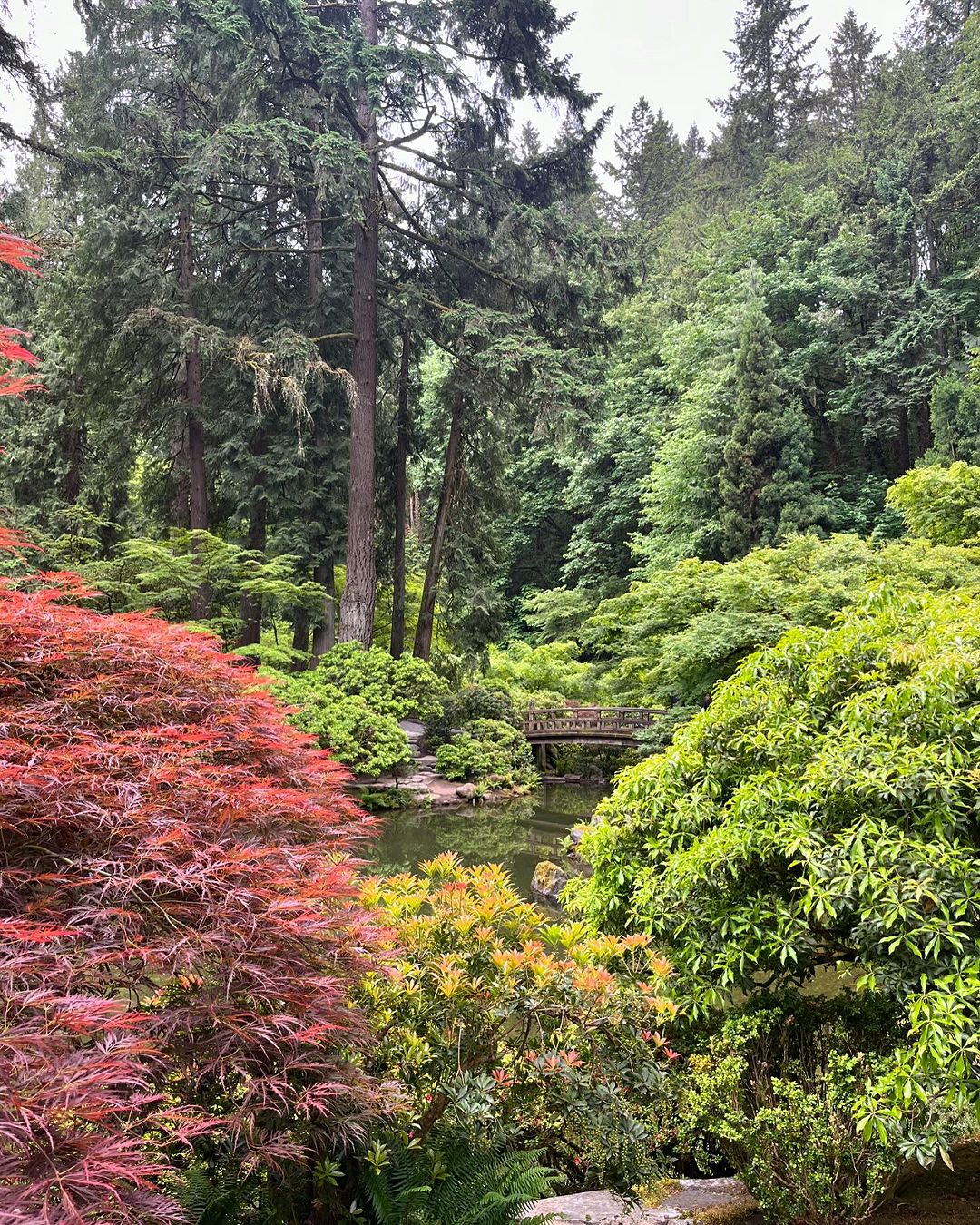
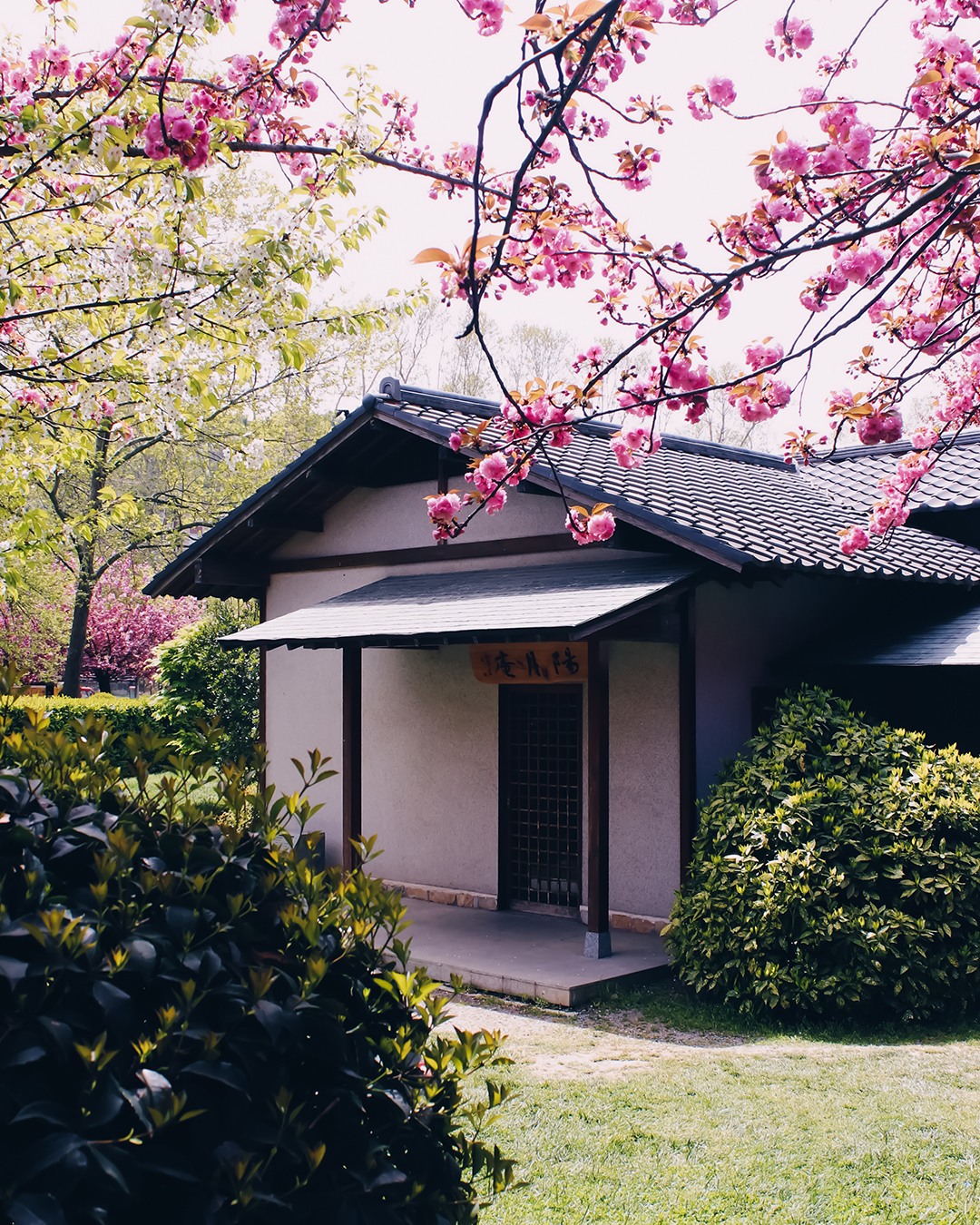

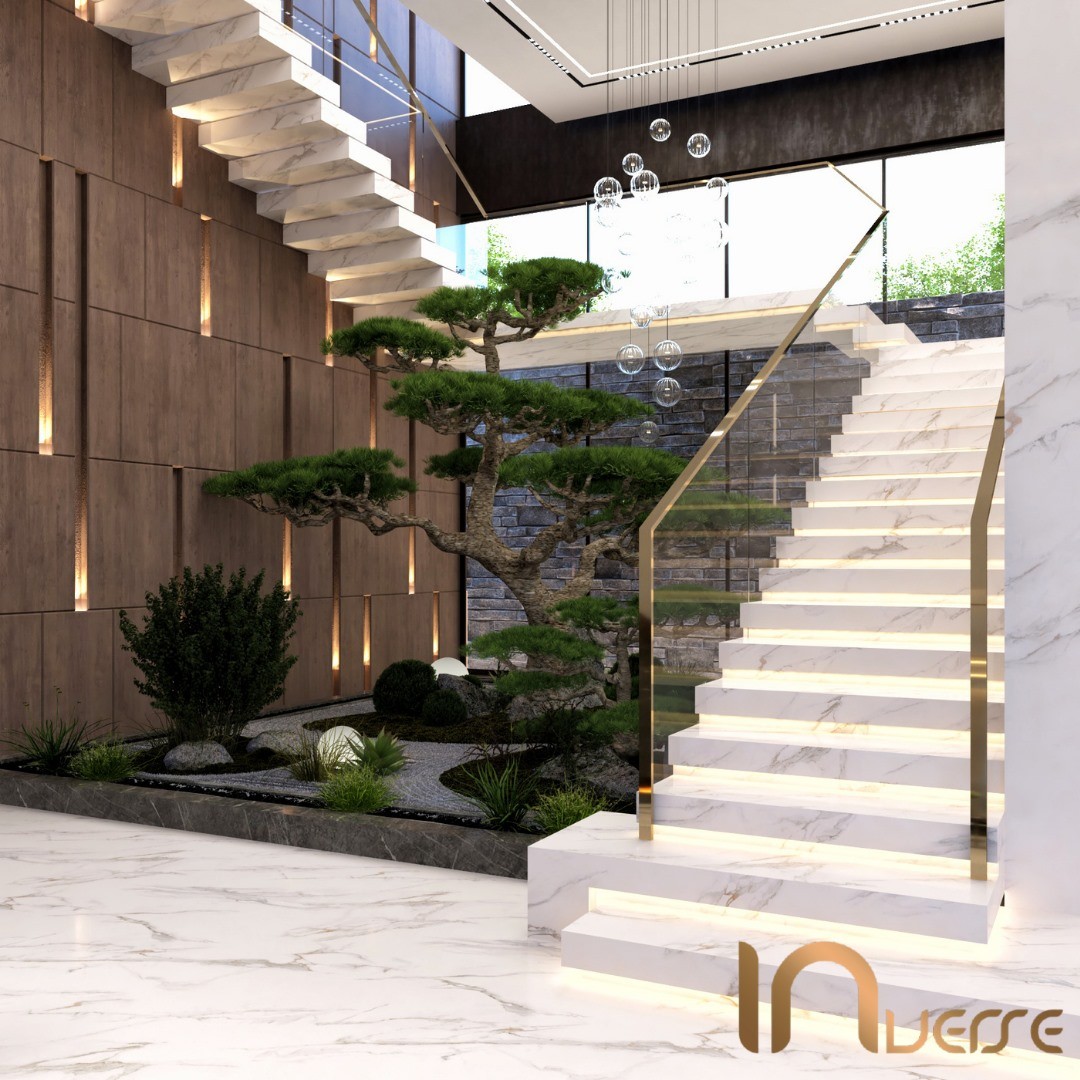
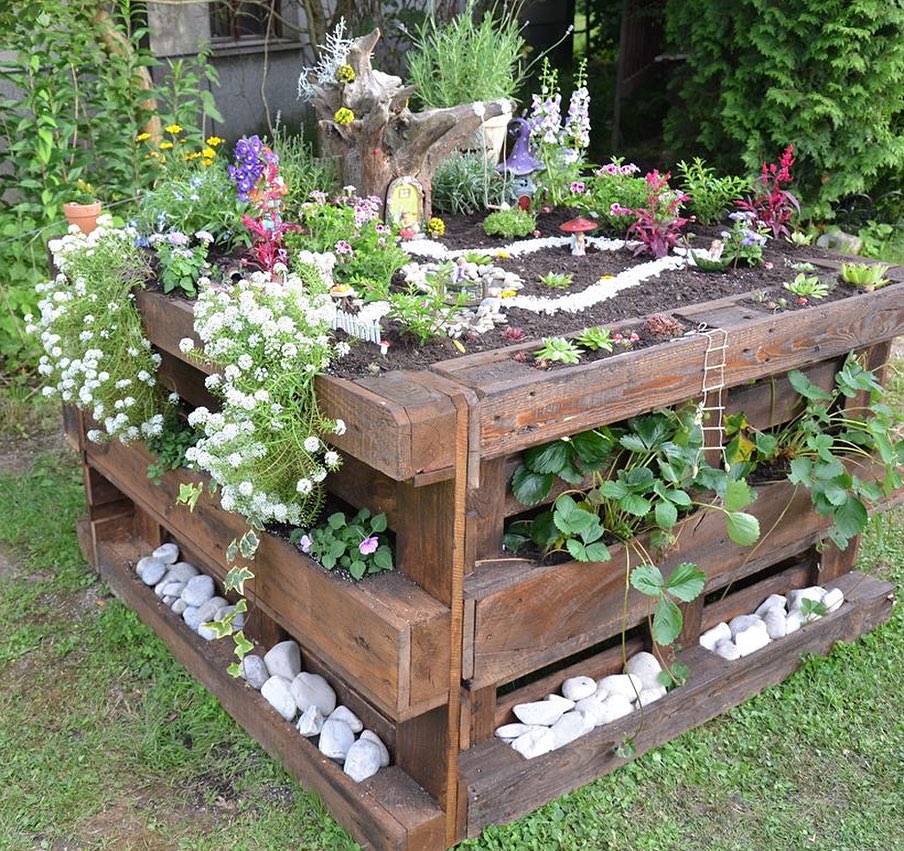
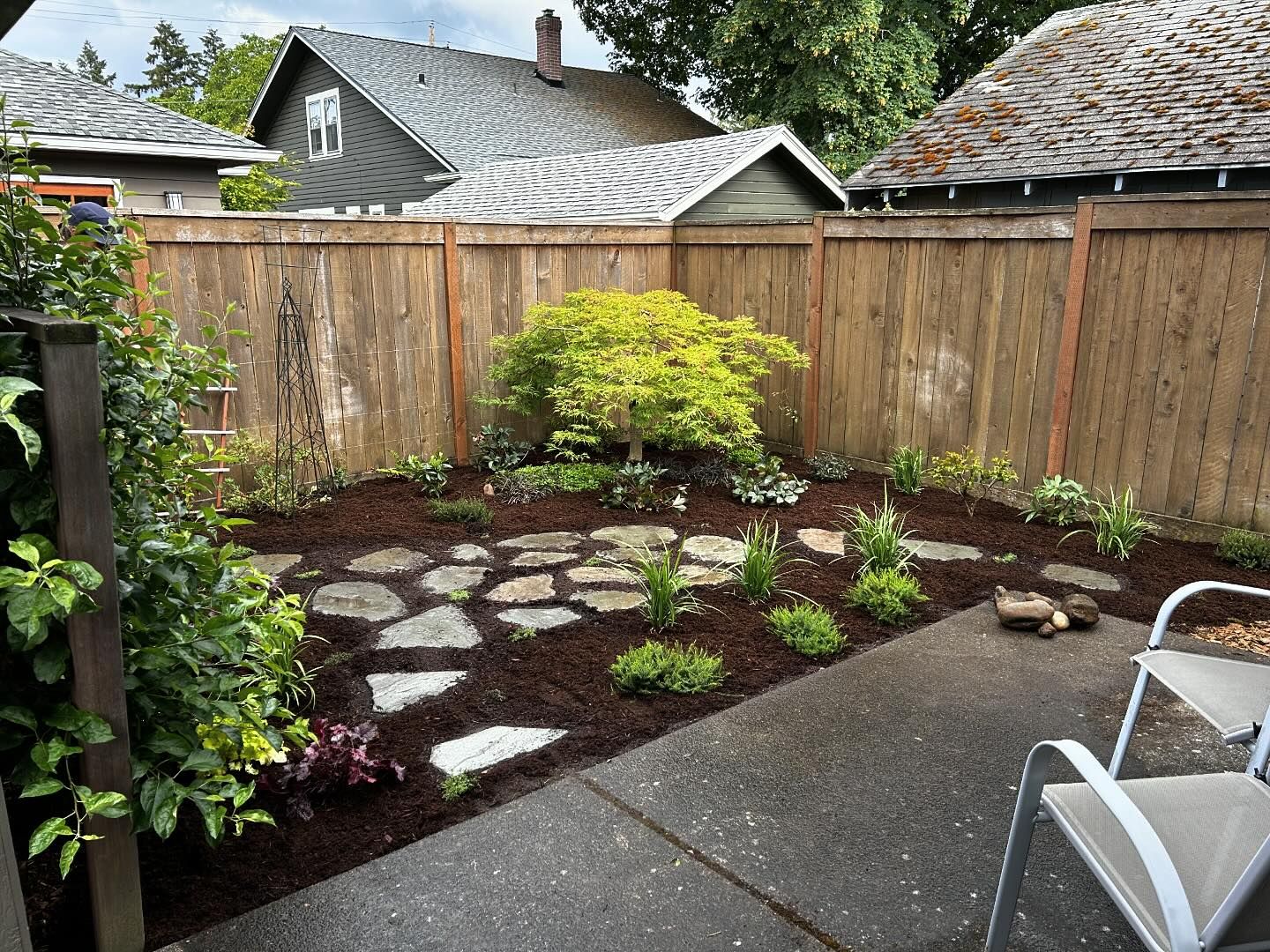
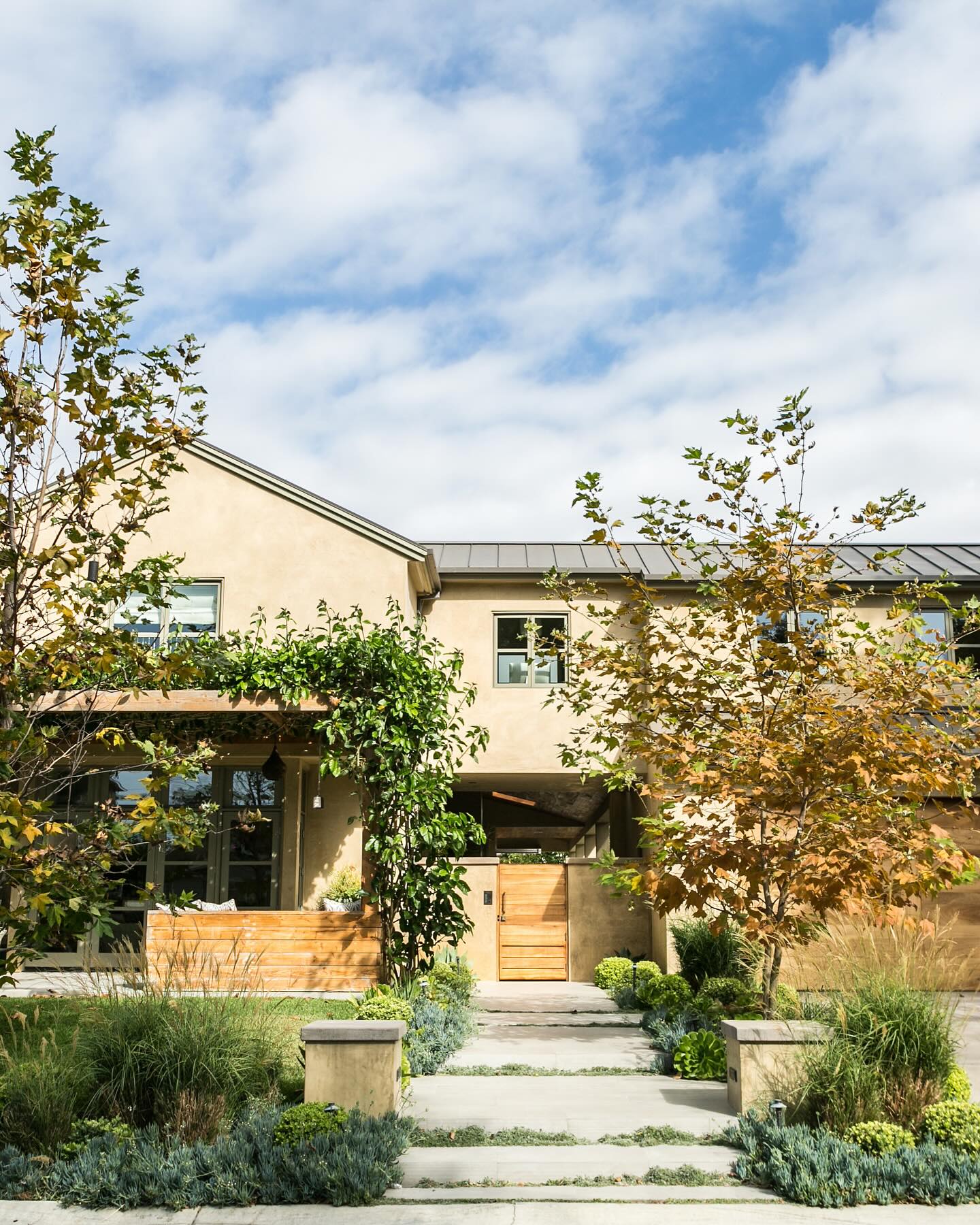
Comments